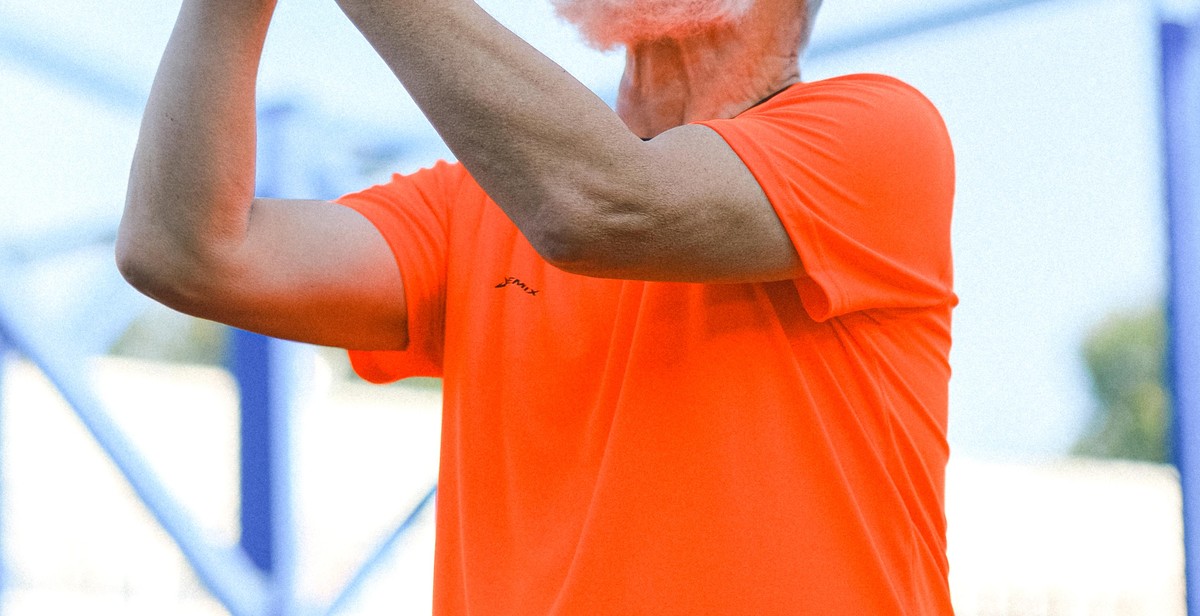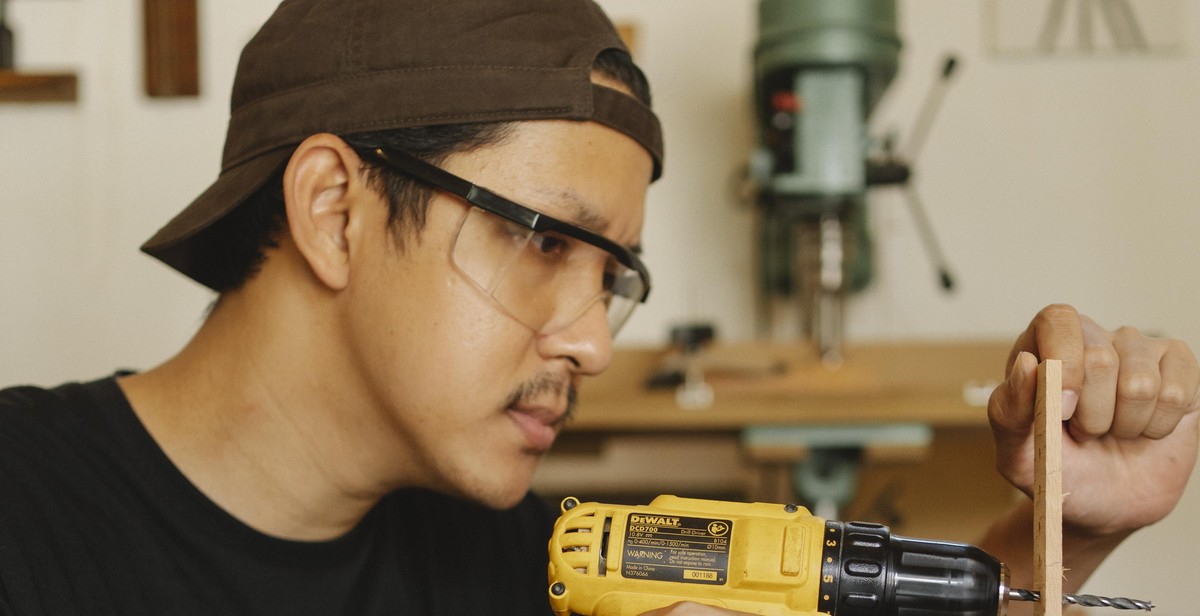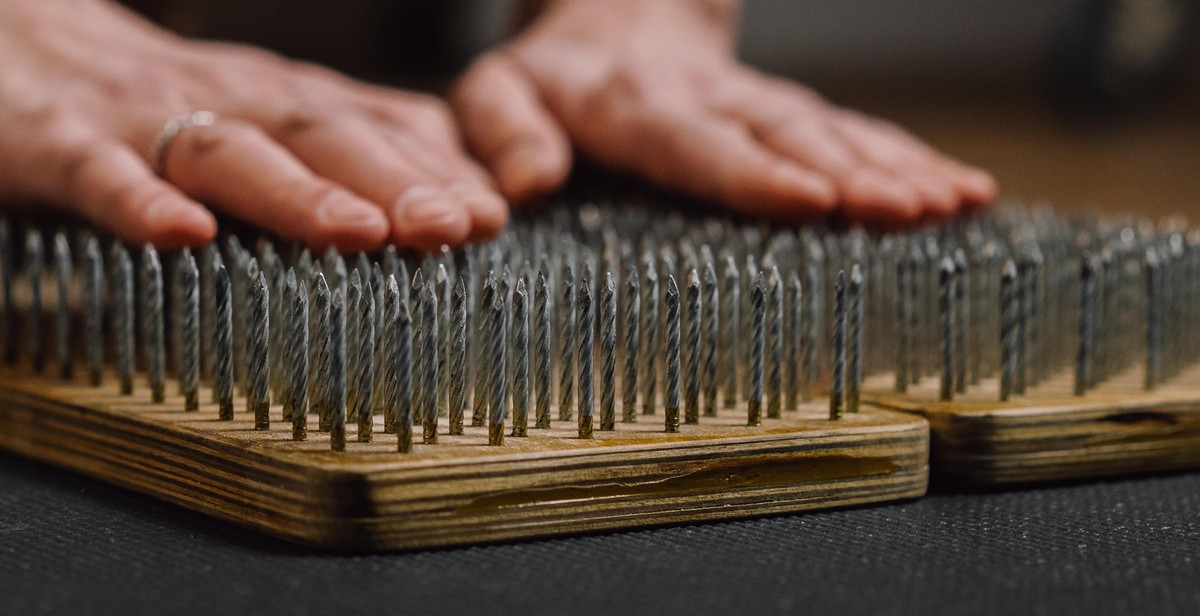How to Spike a Volleyball: Step-by-Step Guide for Powerful and Accurate Spiking
If you love playing volleyball, then spiking is probably one of your favorite moves. A powerful and accurate spike can make the difference between winning and losing a game. But if you are new to the game or struggling with your spiking technique, don’t worry. In this article, I will guide you through the step-by-step process of spiking a volleyball with power and accuracy.
Why is Spiking Important in Volleyball?
Spiking is one of the most important skills in volleyball, and it is the ultimate weapon in offense. A well-executed spike can score a point for your team, demoralize your opponents, and shift the momentum of the game in your favor. However, spiking is not just about hitting the ball hard. It requires proper technique, timing, and coordination with your teammates.
Step-by-Step Guide to Spiking a Volleyball
In this section, I will break down the spiking technique into easy-to-follow steps:
- Approach the ball
- Jump and reach
- Draw back your hitting arm
- Extend and snap your hitting arm
- Follow through
By following these steps and practicing regularly, you can improve your spiking skills and become a valuable asset to your team. Let’s dive deeper into each step and learn how to spike a volleyball with power and accuracy.
The Fundamentals of Spiking
Spiking is a crucial skill in volleyball that requires a combination of proper footwork, approach, and arm swing. To become a successful spiker, you need to master these fundamentals.
Footwork for Spiking
Footwork is essential for generating power and accuracy in your spike. Here are the basic footwork steps to follow:
- Start with a staggered stance, with your non-dominant foot slightly in front of your dominant foot.
- Take a small step with your non-dominant foot towards the direction you want to spike.
- Plant your non-dominant foot and transfer your weight onto it.
- Take a large step with your dominant foot towards the ball, swinging your arms back as you do.
- Plant your dominant foot and jump off both feet, extending your arms forward as you do.
Approach for Spiking
The approach is the sequence of steps you take before jumping to spike the ball. Here are the three basic steps of the approach:
- Start with your feet shoulder-width apart.
- Take a step forward with your non-dominant foot, then a larger step forward with your dominant foot.
- Take a final step with your non-dominant foot, pushing off the ground to jump.
Arm Swing for Spiking
The arm swing is the final part of spiking that generates the power and accuracy of the spike. Here are the steps to follow:
- Start with your arms back and your dominant arm slightly higher than your non-dominant arm.
- Swing your arms forward, bringing your dominant arm back to generate power.
- Extend your dominant arm forward and snap your wrist to hit the ball.
| Footwork | Approach | Arm Swing |
|---|---|---|
| Staggered stance | Feet shoulder-width apart | Arms back, dominant arm higher |
| Small step with non-dominant foot | Step forward with non-dominant foot | Swing arms forward, dominant arm back |
| Plant non-dominant foot | Step forward with dominant foot | Extend dominant arm forward and snap wrist |
| Large step with dominant foot | Take final step with non-dominant foot | |
| Jump off both feet | Push off ground to jump |

Developing Power for Spiking
Spiking a volleyball requires a lot of power and explosiveness. This power can be developed through strength training and plyometric exercises.
Strength Training for Spiking
Strength training is essential for developing the muscles needed for powerful spiking. Here are some exercises that can help:
| Exercise | Muscles Worked |
|---|---|
| Barbell Squats | Quadriceps, hamstrings, glutes |
| Deadlifts | Hamstrings, glutes, lower back |
| Bench Press | Chest, triceps, shoulders |
| Shoulder Press | Shoulders, triceps |
It’s important to focus on proper form and technique when performing these exercises to prevent injury. Start with lighter weights and gradually increase the weight as your strength improves.
Plyometric Exercises for Spiking
Plyometric exercises are explosive movements that can help develop power and speed for spiking. Here are some exercises to try:
- Jump Squats
- Box Jumps
- Jump Lunges
- Broad Jumps
When performing plyometric exercises, it’s important to focus on proper form and technique to prevent injury. Start with lower intensity exercises and gradually increase the intensity as your power and explosiveness improve.
Incorporating strength training and plyometric exercises into your training routine can help you develop the power and explosiveness needed for powerful and accurate spiking.

Improving Accuracy for Spiking
Spiking a volleyball with power and accuracy requires consistent practice and dedication. Here are some techniques to improve your accuracy for spiking:
Target Practice for Spiking
One of the best ways to improve your accuracy for spiking is through target practice. Set up a target on the opposite side of the court and aim for it when spiking. This will help you focus on your aim and improve your accuracy.
You can use cones, hula hoops, or even a teammate’s hands as targets. Start with larger targets and gradually decrease the size as you improve. This will challenge you to become more accurate and precise with your spiking.
Partner Spiking Drills
Partner spiking drills are another effective way to improve your accuracy for spiking. Find a partner and practice spiking to each other. Start with easy sets and gradually increase the difficulty as you improve.
One useful partner spiking drill is the “cross-court” drill. Stand on opposite sides of the court and spike to each other diagonally. This will help you practice hitting the ball to specific areas of the court and improve your accuracy.
| Partner Spiking Drill | Instructions |
|---|---|
| Two-Touch Spiking | One partner sets the ball to the other, who spikes it back. The receiving partner then sets the ball back to the spiker, who spikes it again. Repeat for several rounds. |
| Block and Spike | One partner blocks while the other spikes. Switch roles after several rounds. |
| Three-Person Spiking | One person sets the ball to the spiker, who spikes it to the third person. The third person then sets the ball back to the spiker, who spikes it back to the setter. Repeat for several rounds. |
By practicing these techniques consistently, you can improve your accuracy for spiking and become a more effective player on the court.

Tips for Successful Spiking
Spiking is a crucial part of volleyball that requires a combination of physical and mental preparation. Here are some tips to help you improve your spiking skills:
Visualization Techniques for Spiking
Visualization is a powerful technique that can help you improve your spiking accuracy and power. Before the game or during practice, visualize yourself successfully spiking the ball. Imagine yourself approaching the net, jumping high, and hitting the ball with precision and power. This mental preparation can help you feel more confident and prepared when it’s time to spike the ball.
Mental Preparation for Spiking
Spiking requires a lot of mental focus and preparation. Here are some tips to help you prepare mentally for spiking:
- Stay focused: Concentrate on the ball and the movement of the other team. This will help you anticipate where the ball will be and position yourself accordingly.
- Stay positive: Believe in yourself and your abilities. A positive attitude can help you stay motivated and focused during the game.
- Breathe: Take deep breaths before approaching the net. This will help you relax and stay calm under pressure.
Physical Preparation for Spiking
Spiking also requires physical preparation. Here are some tips to help you prepare physically for spiking:
- Practice your approach: Work on your approach to the net to ensure that you are jumping high and hitting the ball with power.
- Work on your timing: Timing is crucial for spiking. Practice hitting the ball at different heights and speeds to improve your timing.
- Strengthen your core: A strong core can help you generate more power when spiking the ball. Incorporate core exercises into your workout routine.
| Tip | Description |
|---|---|
| Practice with a partner | Working with a partner can help you improve your spiking accuracy and power. |
| Watch videos of professional players | Watching videos of professional players can help you learn new techniques and improve your spiking skills. |
| Stay hydrated | Drink plenty of water before, during, and after the game to stay hydrated and avoid cramps. |
Conclusion
Learning how to spike a volleyball can take time and practice, but with the right technique, you can achieve powerful and accurate spikes. Start by mastering the approach and timing, and then focus on your arm swing and follow-through. Remember to keep your eye on the ball and aim for the right spot on the court.
It’s also important to develop your physical strength and agility, so you can jump higher and move faster on the court. Incorporating strength training, plyometric exercises, and agility drills into your practice routine can help you improve your performance.
Finally, don’t forget about the mental aspect of spiking. Stay focused, confident, and determined, even when you miss a shot or face a tough opponent. With practice and perseverance, you can become a skilled and successful volleyball player.
- Master the approach and timing
- Focus on your arm swing and follow-through
- Develop your physical strength and agility
- Stay focused, confident, and determined
Whether you’re a beginner or an experienced player, following these tips and techniques can help you spike a volleyball with power and accuracy. So, get out there, practice, and have fun!
